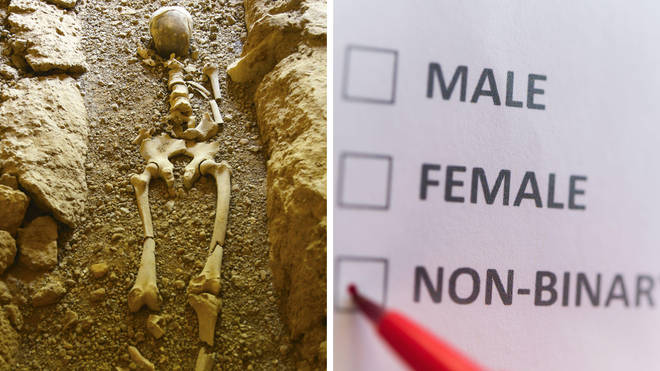Activists urge archaeologists not to assume the gender of ancient human remains

The Black Trowel Collective, a group of American archaeologists, claimed there are suggestions that many historical cultures had more than two genders and so archaeologists should be “wary of projecting our modern sex and gender identity categories onto past individuals”.
The group claimed scientists have a “long history of imposing modern patriarchal gender and sexual norms onto the past”.
“Human gender is highly variable and… human beings have historically been comfortable with a range of genders beyond modern ‘masculine’ and ‘feminine’ binaries,” the group wrote in a blog post.
The Daily Mail claims that some academics are beginning to label ancient human skeletons as ‘non-binary’ or ‘gender neutral.
The idea has been criticised by historian Jeremy Black, who said gender is key to understanding history.
“It is an absurd proposition as the difference between genders, just as the difference between religious, social and national groups, are key motors in history,” he told the Daily Mail.
“This very ideological approach to knowledge means that we’re in danger of making knowledge itself simply a matter of political preference.”





